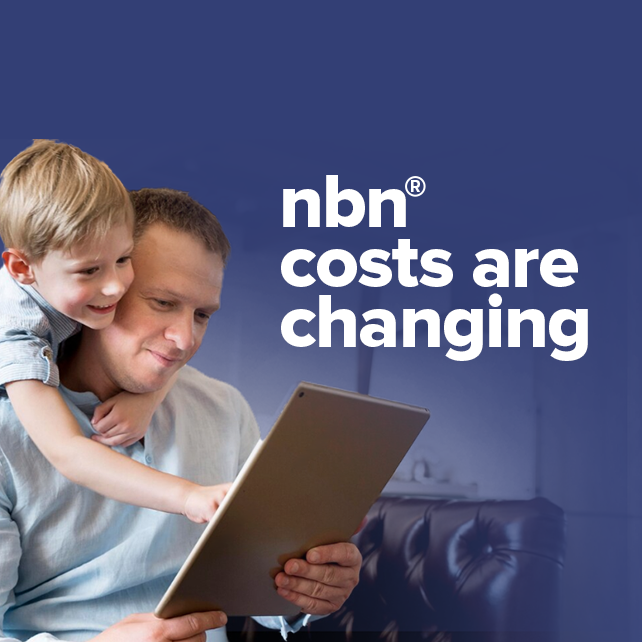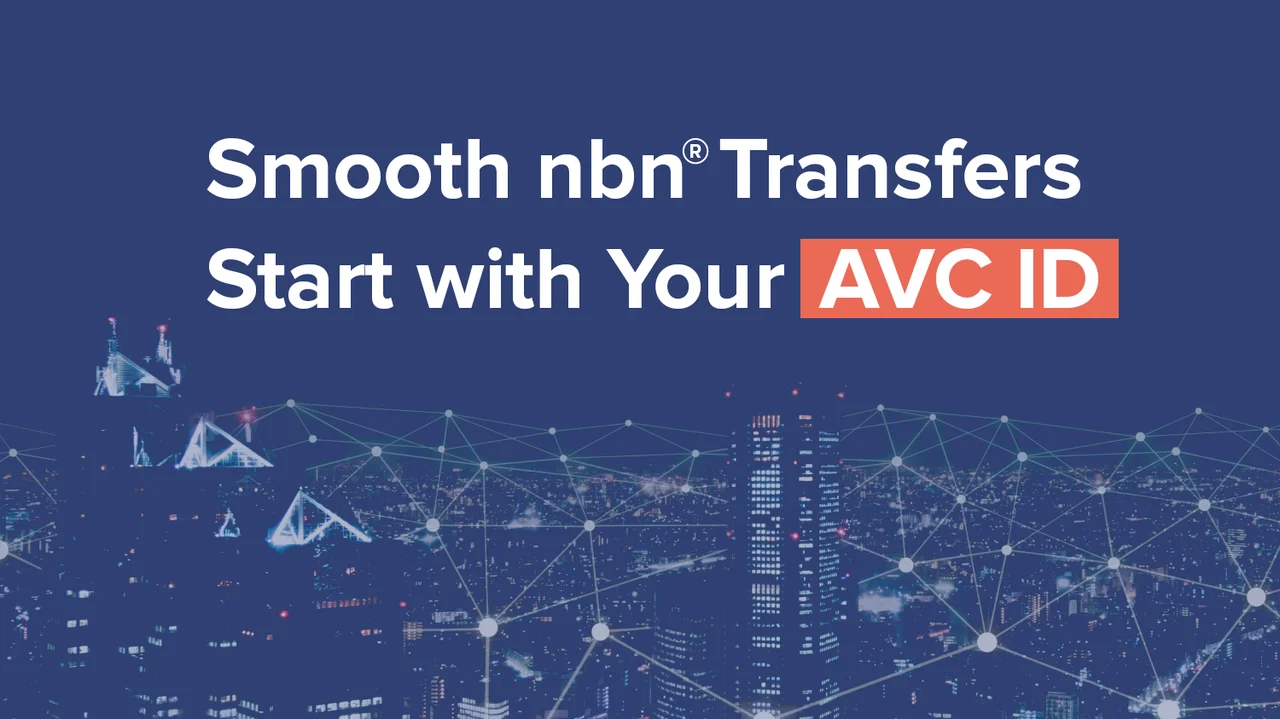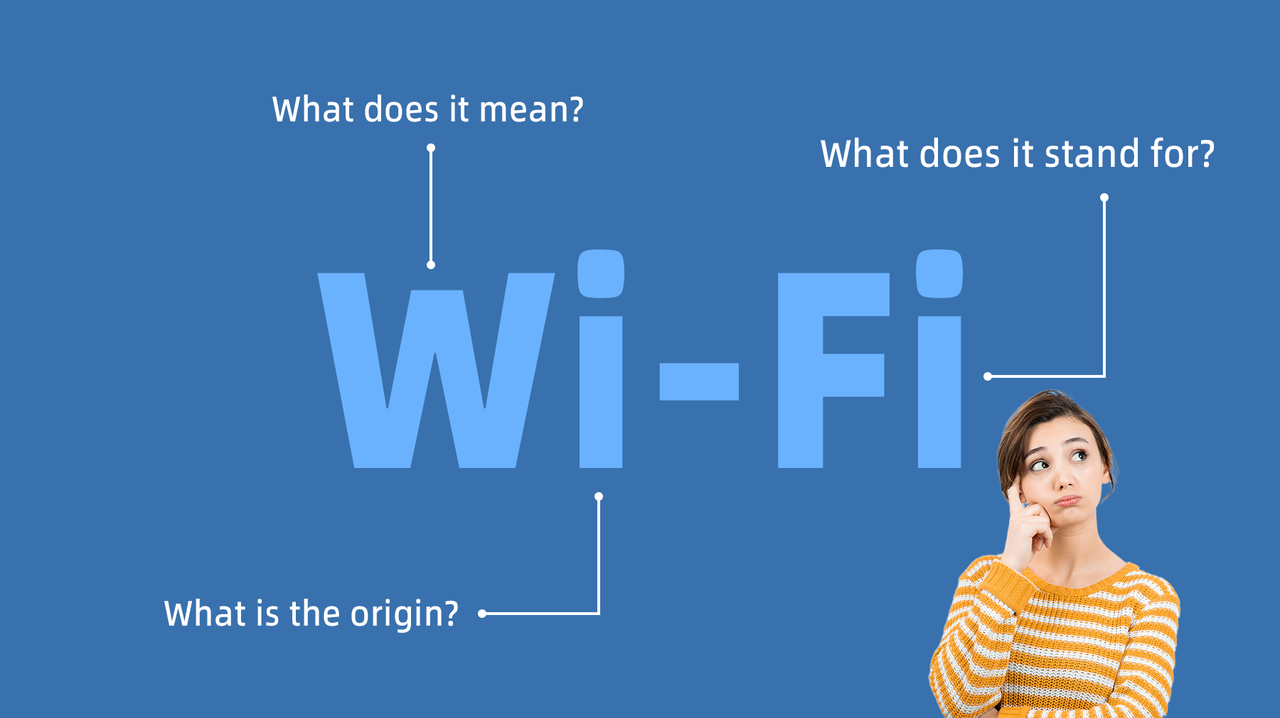Occom Named Leader in AFR Customer Champions 2025
Occom Named Leader in AFR Customer Champions 2025 Occom has been recognized as the #1 Leader in the 2025 Australian Financial Review (AFR) Customer Champions Awards in the Challenger B2C category. This award highlights Occom’s exceptional dedication to customer service as much as its reliable internet offerings. Since its launch in 2016, Occom has stood … Read more







